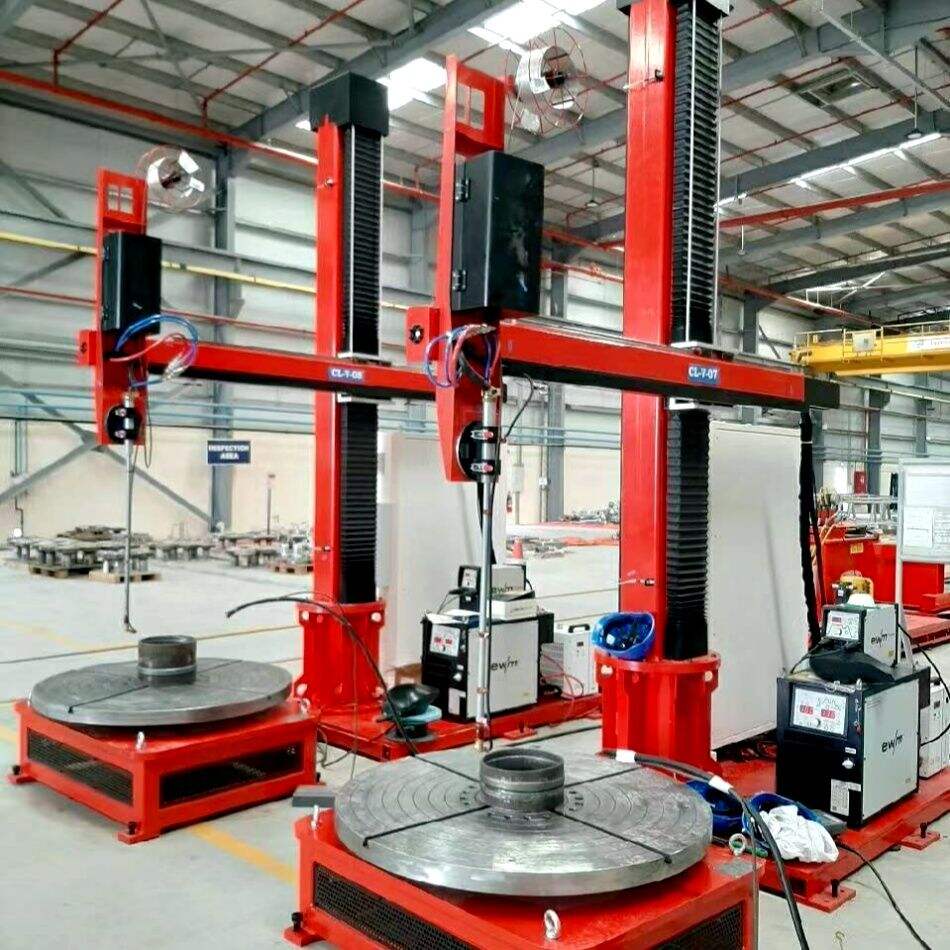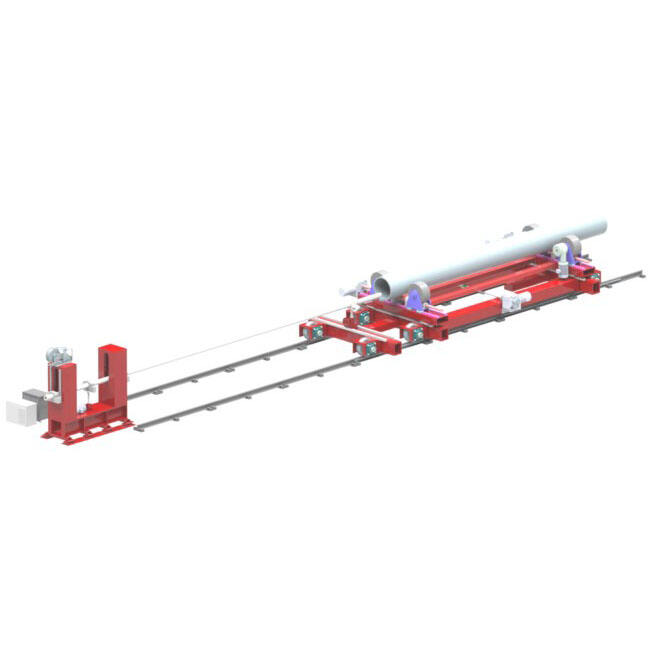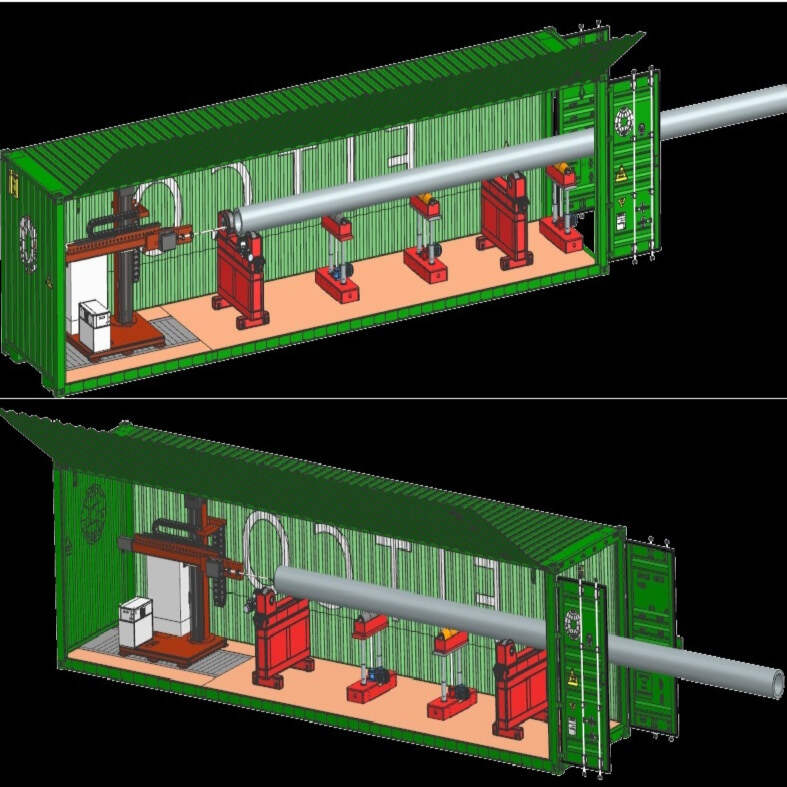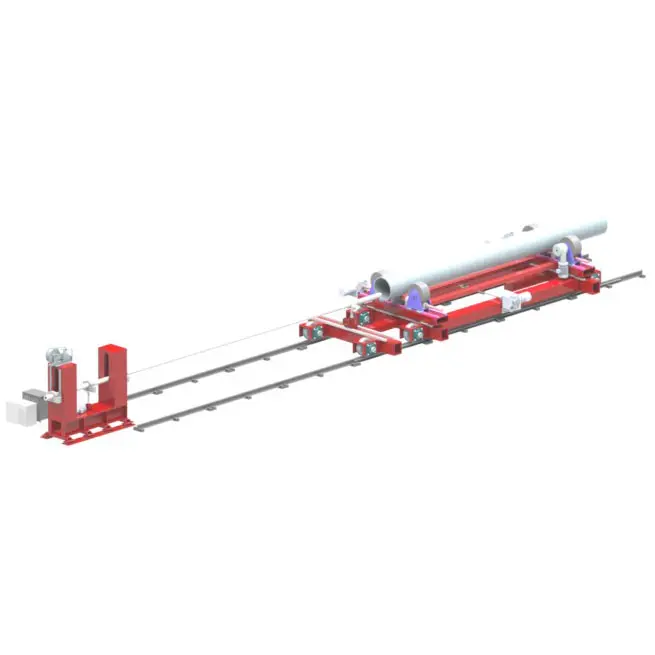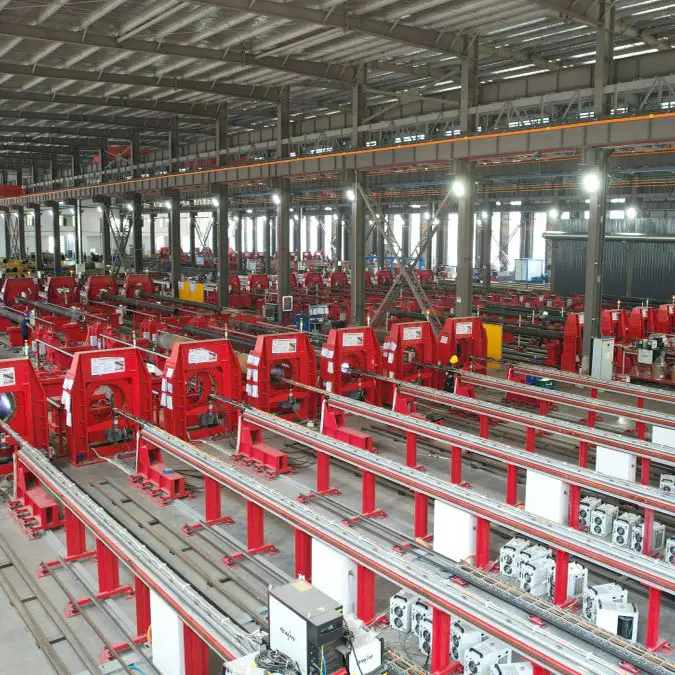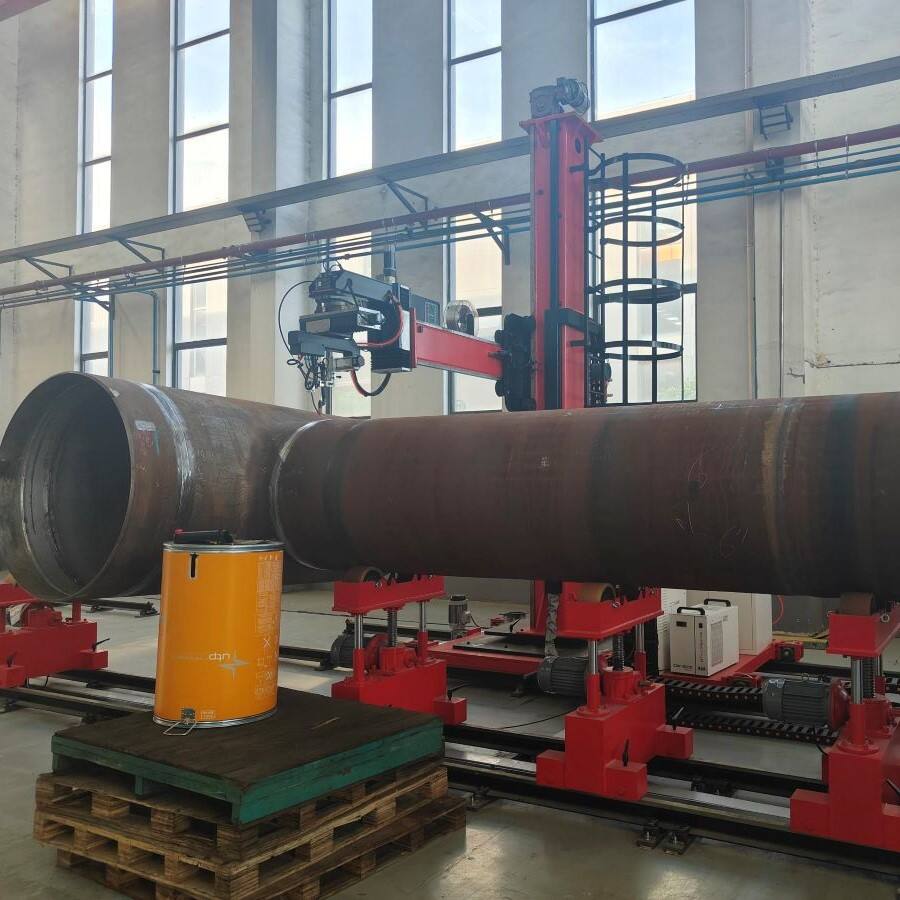compact cladding system
The compact cladding system represents a revolutionary approach to building envelope solutions, combining advanced engineering with practical functionality. This innovative system features a streamlined design that integrates multiple components into a unified structure, ensuring both aesthetic appeal and structural integrity. At its core, the system utilizes high-performance materials engineered to withstand diverse environmental conditions while maintaining minimal thickness and weight. The system's primary functions include weather protection, thermal insulation, and moisture control, all while providing a sleek, modern appearance to building exteriors. The technology incorporates specialized fixing mechanisms that allow for rapid installation and precise alignment, reducing construction time and labor costs. Applications span across various building types, from commercial office spaces to residential developments, making it a versatile solution for modern construction needs. The system's modular nature enables customization in terms of finishes, colors, and textures, allowing architects and designers to achieve their desired aesthetic vision while maintaining structural requirements. Its compatibility with both new construction and renovation projects makes it an adaptable solution for diverse architectural challenges.

 EN
EN
 AR
AR BG
BG HR
HR CS
CS DA
DA NL
NL FI
FI FR
FR DE
DE EL
EL HI
HI IT
IT JA
JA KO
KO NO
NO PL
PL PT
PT RO
RO RU
RU ES
ES SV
SV TL
TL IW
IW ID
ID LT
LT UK
UK SQ
SQ HU
HU TH
TH TR
TR FA
FA AF
AF CY
CY MK
MK LA
LA MN
MN KK
KK UZ
UZ KY
KY